Introduction:
In the era of high-speed internet and high-resolution images, the need for efficient image compression has become more critical than ever. Traditional image compression techniques often result in significant image quality degradation, making it difficult to use the images for applications such as online sharing, printing, and archiving. This is where adaptive image compression comes into play. Adaptive image compression is an innovative technique that optimizes image data while maintaining its quality. This article will delve into the concept of adaptive image compression and how it is revolutionizing image compression.
What is Image Compression?
Image compression is the process of reducing the size of an image file while maintaining its quality. Image compression is crucial for storing, transmitting, and displaying high-resolution images efficiently.
Traditional Image Compression Techniques
Traditional image compression techniques such as JPEG, GIF, and PNG compress the image data by discarding some of the image’s information. These techniques use fixed compression ratios and are not efficient in compressing images with varying levels of complexity.
Limitations of Traditional Image Compression Techniques
Traditional image compression techniques have several limitations. These techniques do not consider the image’s content and compress the image data uniformly, resulting in significant image quality degradation. Moreover, traditional compression techniques do not consider the end-use of the image, resulting in further quality degradation.
1. What is Adaptive Image Compression?
Adaptive image compression is an advanced image compression technique that uses a content-aware approach to compress image data. Adaptive image compression optimizes the image data while maintaining its quality by considering the image’s content and the end-use of the image.
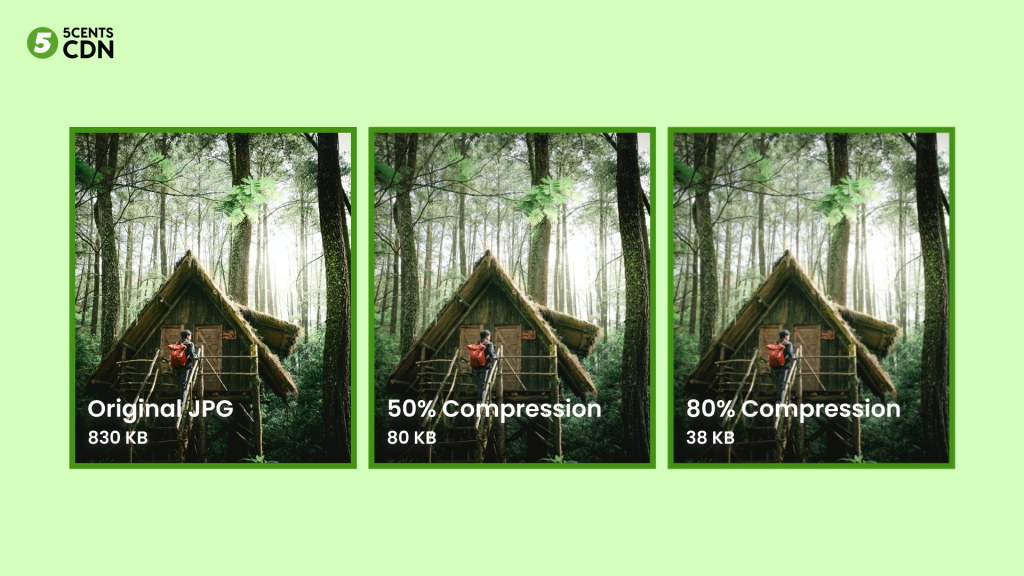
2. Types of Adaptive Image Compression
There are two types of adaptive image compression techniques:
- Lossy:
Lossy adaptive image compression techniques compress the image data by discarding some of the image’s information.
- Lossless:
Lossless adaptive image compression techniques, on the other hand, compress the image data without discarding any information.
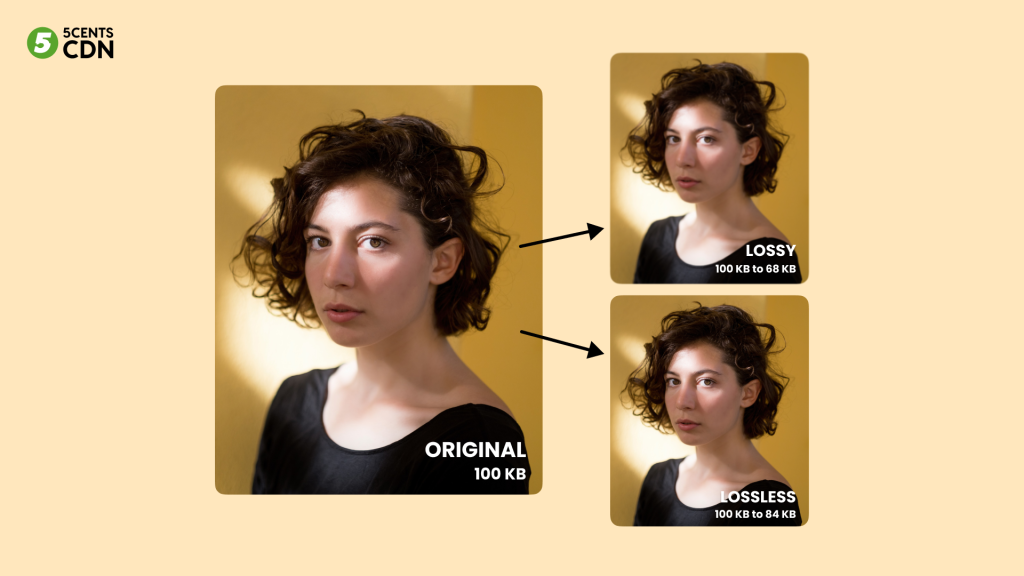
3. Working of Adaptive Image Compression
Adaptive image compression works by analyzing the image’s content and optimizing the compression algorithm accordingly. Adaptive image compression techniques use advanced algorithms such as wavelet transforms, fractal compression, and neural networks to compress the image data while maintaining its quality.
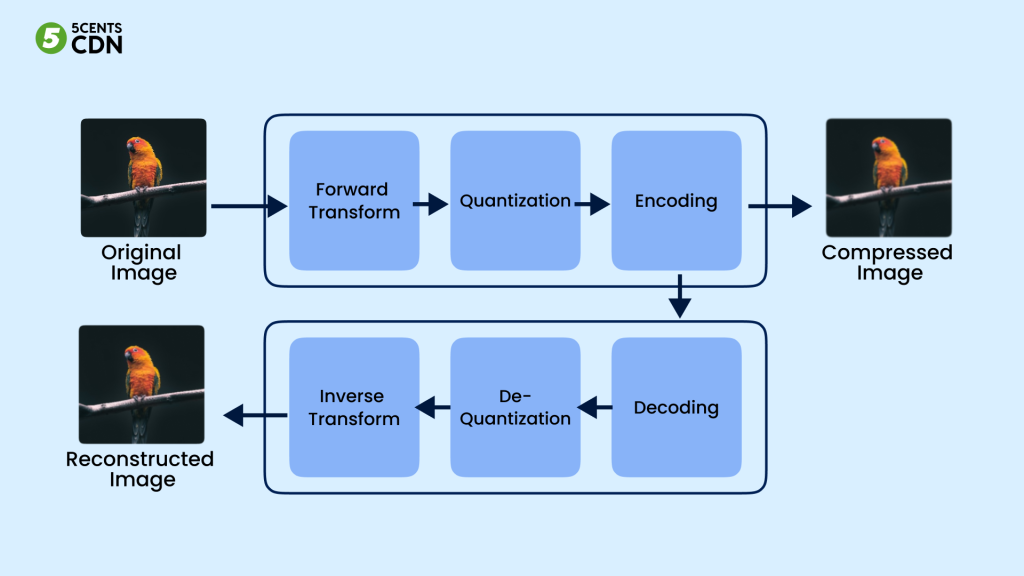
4. Advantages of Adaptive Image Compression
Adaptive image compression has several advantages over traditional image compression techniques. Some of the advantages of adaptive image compression are:
- Maintains image quality: Adaptive image compression optimizes the image data while maintaining its quality, resulting in superior image quality compared to traditional image compression techniques.
- Efficient compression: Adaptive image compression techniques use content-aware algorithms, resulting in efficient compression of images with varying levels of complexity.
- Customizable compression: Adaptive image compression techniques consider the end-use of the image, resulting in customizable compression based on the image’s intended use.
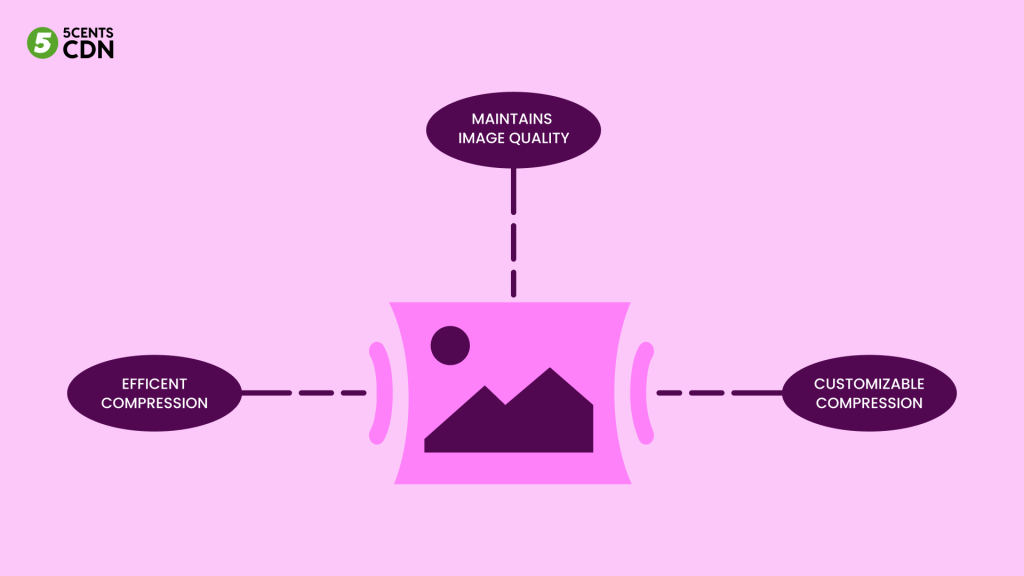
5. Applications of Adaptive Image Compression
Adaptive image compression has several applications in various fields, including:
- Online image sharing: Adaptive image compression techniques enable efficient sharing of high-resolution images online
- Medical Imaging: Medical imaging, such as MRI and CT scans, produce large image files. Adaptive image compression techniques can compress these files without losing any critical diagnostic information, making it easier for doctors and medical professionals to share and store the images.
- E-commerce: E-commerce websites require high-quality product images to showcase their products effectively. Adaptive image compression techniques can compress these images without compromising their quality, resulting in faster website loading times and improved user experience.
- Mobile Applications: Mobile applications often use images to enhance their user interface. However, large image files can slow down the application’s performance. Adaptive image compression techniques can compress these images without compromising their quality, resulting in faster application loading times and improved user experience.
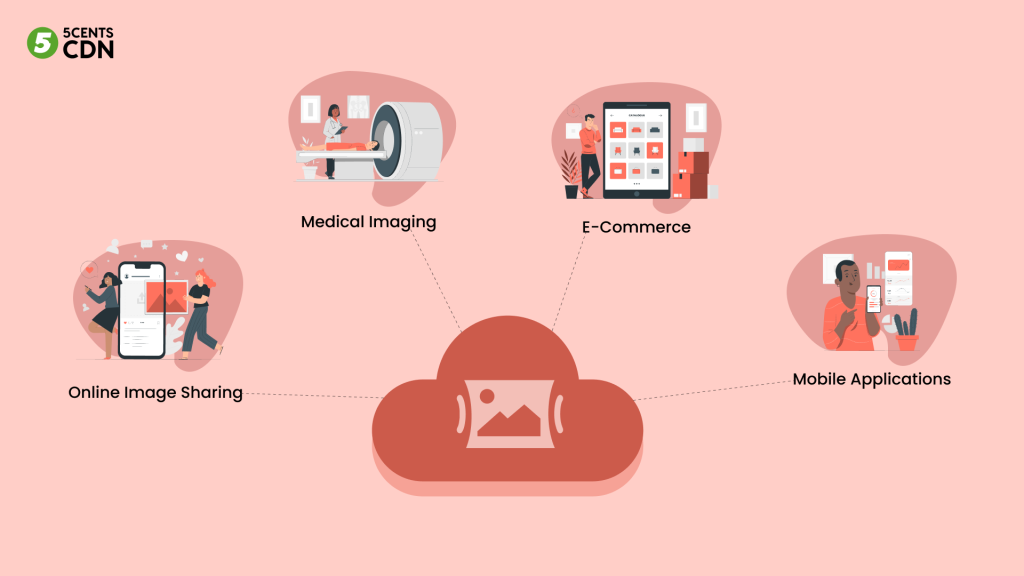
6. Future of Adaptive Image Compression
Adaptive image compression is an ever-evolving field, and researchers are continuously exploring new techniques to enhance image compression. The future of adaptive image compression is exciting, with several potential applications in fields such as virtual reality, autonomous driving, and remote sensing.

FAQs:
Q. Is adaptive image compression better than traditional image compression techniques?
A. Yes, adaptive image compression is superior to traditional image compression techniques in terms of maintaining image quality and efficient compression.
Q. What are the types of adaptive image compression techniques?
A. The two types of adaptive image compression techniques are lossy and lossless.
Q. In which fields can adaptive image compression be used?
A. Adaptive image compression can be used in various fields, including online image sharing, medical imaging, e-commerce, and mobile applications.
Conclusion:
Adaptive image compression is an advanced technique that optimizes image data while maintaining its quality. This technique has several advantages over traditional image compression techniques, including superior image quality and efficient compression. Adaptive image compression has several applications in various fields and has the potential to revolutionize the way we use and store high-resolution images. The future of adaptive image compression is exciting, with several potential applications in emerging fields such as virtual reality and autonomous driving.